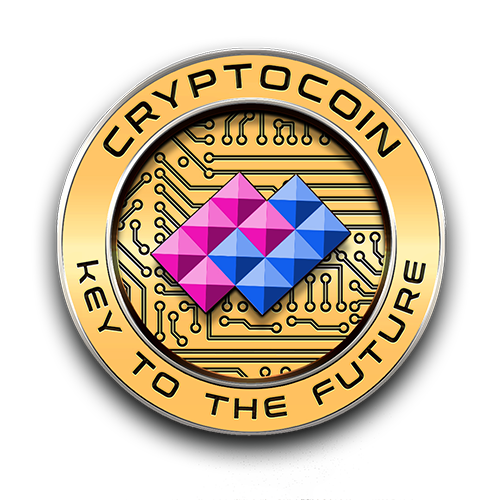
The European Union Blockchain Observatory and Forum
released a report entitled “Tokenization of physical assets and the impact of IoT and AI” on April 10. The report, authored by Dr. Tim Weingärtner, a professor at Lucerne University of Applied Sciences & Arts – School for Information Technology, features the “digital twin” concept, which refers to a digital replica of the physical world. This mirror world would be consist of Internet of Things (IoT) devices, big data, tokens representing physical objects, blockchain as a trusted ledger and Artificial Intelligence (AI).
The report notes that blockchain would play a key role in this digital transformation by providing trust and allowing the identification and tokenization of physical objects. Blockchain-based smart contracts also play their part, the report argues, by providing a tamper-proof computational environment and automatic execution of financial actions through the use of cryptocurrencies. The document highlights the importance of tokens and cites the Ethereum (ETH) blockchain as currently the most important platform for the creation of tokens. According to the author, this platform is preferable due to the potential of its programming language, its large community, working implementations and existing code examples.
The report concludes that the combination of IoT with blockchain would allow for better supply chain management, increased trust that enables the sharing economy to grow, data trading and monetization, identity management and automatization. Combining AI with decentralized technology would instead democratize data, assure its authenticity, audit smart contracts and explain AI decisions. At the same time, the report claims, robots and drones would be “the actuators of the digital world,” since they would allow the intervention of the digital world in the physical world. The document expects the digital twin concept to
become increasingly important:
“Due to the exponential growth, which is described by Moore’s Law and many studies, the physical world will be exceeded by the digital world in the coming years. This means that speed, growth and complexity will increase by a multiple.”
Moore’s law refers to the observation — made by Intel’s CEO Gordon Moore in 1965 — that the number of transistors in dense integrated circuits doubles roughly every two years. However, the report fails to mention that the rate of progress in fitting more transistors in less space is slowing down. Furthermore, the scale of transistors is currently approaching an ultimate limit because of a quantum property known as quantum tunneling.
Moreover, progress is being made to continue the development of alternative processing technologies such as quantum computing, optical computing and neuromorphic computing. Such technologies could permit the continuation of the trend towards increasing available computing power. In March, a different report released by the same organization made recommendations on how to better develop blockchain technology, including the introduction of interoperability and scalability standards. Earlier, in December last year, the same group also made a case for a blockchain-based digital identity system and digital versions of national currencies.
Article Produced By
Adrian Zmudzinski










